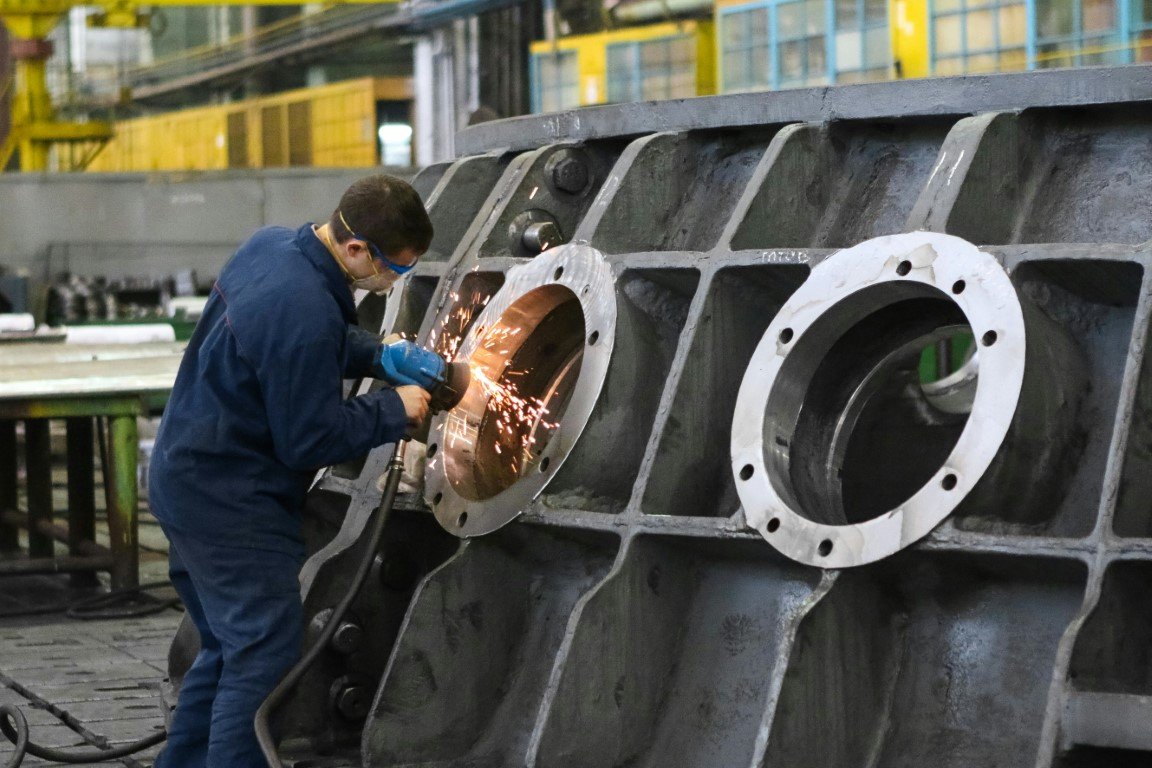Decarbonising heat is acknowledged as a key challenge if the UK is to achieve its carbon reduction targets. As such it is an issue of considerable interest to CAG and we have undertaken multiple projects in this space including the Evaluation of the Heat Networks Delivery Unit, Evaluation of the reformed RHI (ongoing) and an International review of heat network market frameworks. Currently, we are involved in BEIS commissioned evaluations of the Green Heat Networks Fund (GHNF) and the Public Sector Decarbonisation Scheme (PSDS Phases 1 and 3). Other, un-published, work includes studies of the evolution of heat networks in Scotland and the potential role of hydrogen for domestic heating.
Having been active in this area for some years now we have been fascinated (if occasionally perplexed) by the evolution of the heat networks sector and related policy. There is now a sense of many wheels turning and a growing alignment of policy instruments to create an enabling policy architecture.
A welcome move has been the shift in emphasis to explicitly favour low carbon heat sources. One topic in which there has been a huge growth in interest is the use of heat from the water in abandoned mines. Much of the credit for the growth of interest should go to its early champions Dr Charlotte Adams and the now sadly deceased Jeremy Crooks of the Coal Authority. Subsequently Durham University and the North East LEP put their shoulder to the wheel and in 2020 the LEP commissioned CAG to produce a mine energy white paper to make the case for this largely untapped resource. As noted in the introduction to the white paper, according to the Coal Authority (CA), one quarter of the UK’s homes and businesses are sited above former coalfields. Since the cessation of mining much of the underground network of old mine workings has become filled with water which has been warmed by natural geothermal processes. The CA estimates that there is sufficient energy in this water to heat all the homes on the coalfields. Owing to the co-location of the resource with often disadvantaged areas, the development of mine energy schemes would directly contribute to the government’s ‘levelling up’ agenda and could be harnessed to create a powerful narrative of renewal for old coalfield communities.
The exploitation of mine energy is not without its challenges and, arguably, the case for its widespread use has yet to be proven. It was, however, apparent when we undertook the research for the white paper that it has captured attention; particularly in the old coal mining areas where there is a strong cultural attachment to the concept. Something which is proving helpful in generating support for the exploration of mine energy’s potential.
In our current work, evaluations of the GHNF and PSDS, we see both evidence of a growth in direct government support (via GHNF and the Heat Networks Investment Programme) for and interest in mine energy projects. The hope is that these projects prosper and add to the arsenal of potential heat decarbonisation solutions. The growth of interest in mine energy also seems to have stimulated a debate about other forms of geothermal resource. Once again, the NE LEP and Durham University are playing a leading roll with the former commissioning (with BEIS support) a Geothermal Energy White Paper, being delivered by the British Geological Survey (BGS) and we look forward to seeing the outputs from this work.
Bill Kirkup (bk@cagconsult.co.uk)
Partner at CAG

